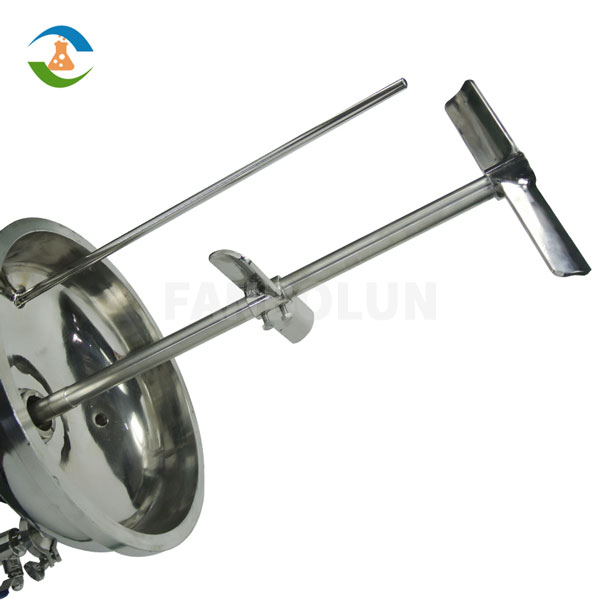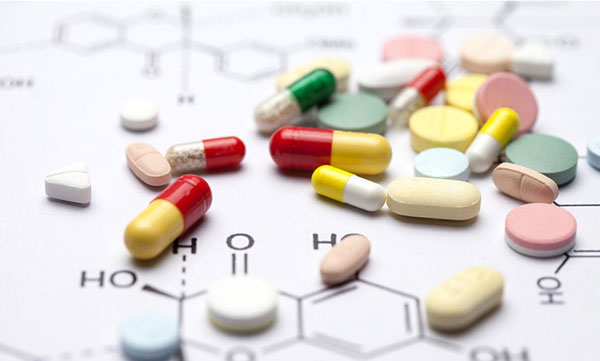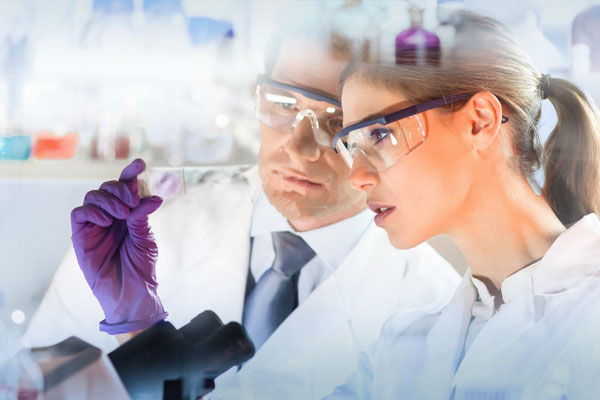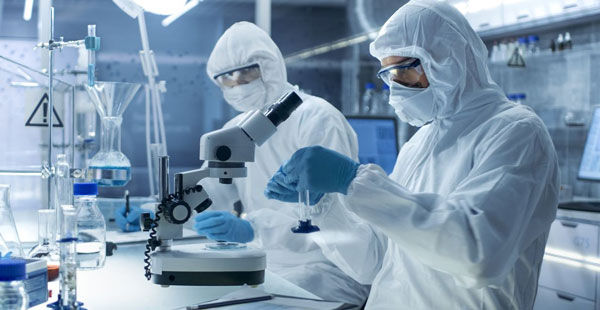Chemical reactors play a pivotal role in numerous industries, providing a controlled environment for chemical reactions to occur. Among the various types of reactors, stainless steel chemical reactors have gained immense popularity due to their exceptional properties. In this article, we will explore the advantages of Stainless Steel Chemical Reactor, their applications across different sectors, and delve into a compelling real-life case study to exemplify their significance.
Advantages of Stainless Steel Chemical Reactors
Stainless steel chemical reactors offer several distinct advantages that make them the preferred choice for a wide range of chemical processes. Let’s delve into some of these key benefits:
Corrosion Resistance:
Stainless steel exhibits high resistance to corrosion, ensuring that the reactor remains robust and durable even when exposed to corrosive chemicals. This characteristic significantly extends the reactor’s lifespan, making it a cost-effective investment.

High Strength and Sturdiness:
Stainless steel reactors possess remarkable mechanical strength, making them capable of withstanding high pressure and temperature conditions. This property is particularly crucial for processes that involve exothermic or endothermic reactions.
Hygienic Properties:
Stainless steel is easy to clean and maintain, making it suitable for applications in industries such as pharmaceuticals, food processing, and biotechnology, where cleanliness and sterility are paramount.

Temperature and Heat Transfer Efficiency:
Stainless steel reactors have excellent heat transfer capabilities, ensuring uniform temperature distribution within the reactor vessel. This feature enhances reaction rates and reduces the risk of hotspots, enhancing the overall efficiency of the chemical process.
Versatility:
Stainless steel chemical reactors can be tailored to suit specific process requirements. They are available in various sizes, shapes, and configurations, making them adaptable to different industries and applications.

Longevity:
Stainless steel’s robustness and corrosion resistance contribute to the longevity of the reactor, reducing maintenance costs and downtime.
Applications of Stainless Steel Chemical Reactors
The versatility and reliability of stainless steel reactors have made them indispensable across a broad spectrum of industries. Let’s explore some of the key applications:
Pharmaceutical Industry:
In pharmaceutical manufacturing, stainless steel reactors are used for drug synthesis, polymerization, and other critical processes. Their hygienic properties and corrosion resistance ensure the purity and quality of pharmaceutical products.

Chemical Processing:
Stainless steel reactors find extensive use in chemical processing plants for various reactions, such as oxidation, reduction, esterification, and hydrogenation. Their ability to withstand harsh chemicals and high temperatures makes them ideal for this application.

Food and Beverage Production:
Stainless steel reactors are employed in the food and beverage industry for fermentation, enzymatic processes, and the production of additives and preservatives. The ease of cleaning and maintenance ensures food safety and hygiene.

Biotechnology:
In biotechnological applications, stainless steel reactors serve as bioreactors for the cultivation of microorganisms, production of enzymes, and synthesis of biofuels. Their biocompatibility and resistance to contamination make them vital assets in this field.

Petrochemical Industry:
Stainless steel reactors play a crucial role in the petrochemical sector for processes like cracking, polymerization, and catalytic reforming. Their ability to withstand high pressures and aggressive chemicals ensures safe and efficient operations.

Wastewater Treatment:
Stainless steel reactors are utilized in wastewater treatment plants for various purification processes, including aerobic and anaerobic digestion. Their corrosion resistance helps withstand the corrosive nature of some industrial effluents.
Case Study: Stainless Steel Reactors in Green Energy Production
One fascinating application of stainless steel chemical reactors is in green energy production, particularly in the synthesis of biodiesel. Biodiesel, a renewable and sustainable alternative to conventional diesel, is produced through the transesterification of vegetable oils or animal fats with alcohol (usually methanol) in the presence of a catalyst.
In this case study, we will focus on a biodiesel production plant that utilizes stainless steel chemical reactors as a catalyst vessel for the transesterification reaction.
Project Overview
The biodiesel production plant is designed to process 50,000 liters of biodiesel per day, catering to the increasing demand for eco-friendly fuels. Stainless steel chemical reactors are chosen for their ability to handle the harsh reaction conditions and their compatibility with the catalyst.
Reactor Specifications
The stainless steel chemical reactor used in this process has a capacity of 10,000 liters, allowing a safe and efficient batch production process. The reactor is equipped with efficient agitation systems to ensure thorough mixing of the reactants and uniform distribution of the catalyst.
Transesterification Process
The transesterification reaction is the core process for biodiesel production. The stainless steel reactor facilitates this reaction by providing an ideal environment for the catalyst to interact with the raw materials (vegetable oil or animal fat and methanol).
Process Steps
Charging the Reactor:
The required amount of vegetable oil is pumped into the stainless steel reactor, followed by the addition of methanol and the catalyst (typically a sodium or potassium hydroxide solution).
Agitation and Heating:
The reactor’s agitator is activated to ensure proper mixing of the reactants and catalyst. The reactor is heated to an optimum temperature, typically between 50 to 60 degrees Celsius, to accelerate the reaction.
Reaction Period:
The transesterification reaction takes place over several hours, during which the stainless steel reactor maintains the desired temperature and agitation speed.
Settling Phase: After the completion of the reaction, the mixture is allowed to settle. Biodiesel, being less dense than glycerol and other by-products, floats to the top, while glycerol settles at the bottom of the reactor.
Product Separation:
The top layer containing biodiesel is carefully extracted, leaving behind glycerol and other impurities. The biodiesel is then subjected to further purification steps to meet the required quality standards.
